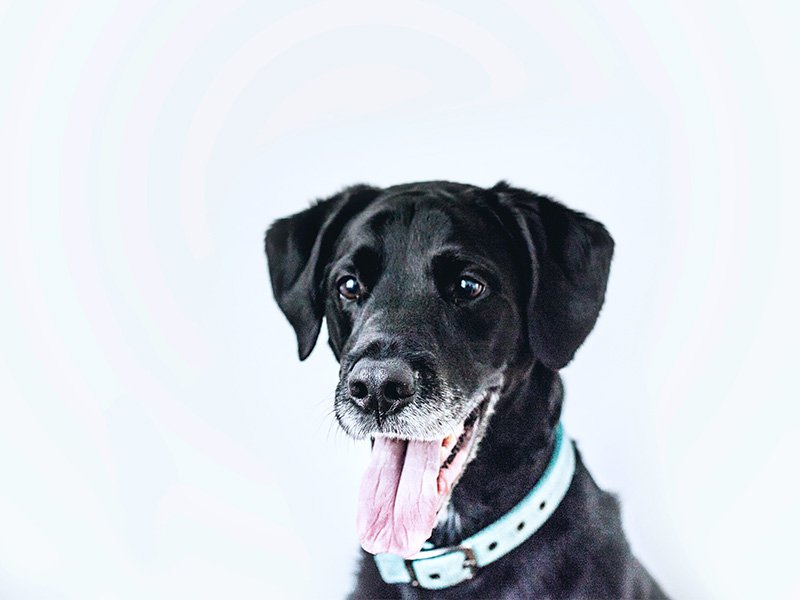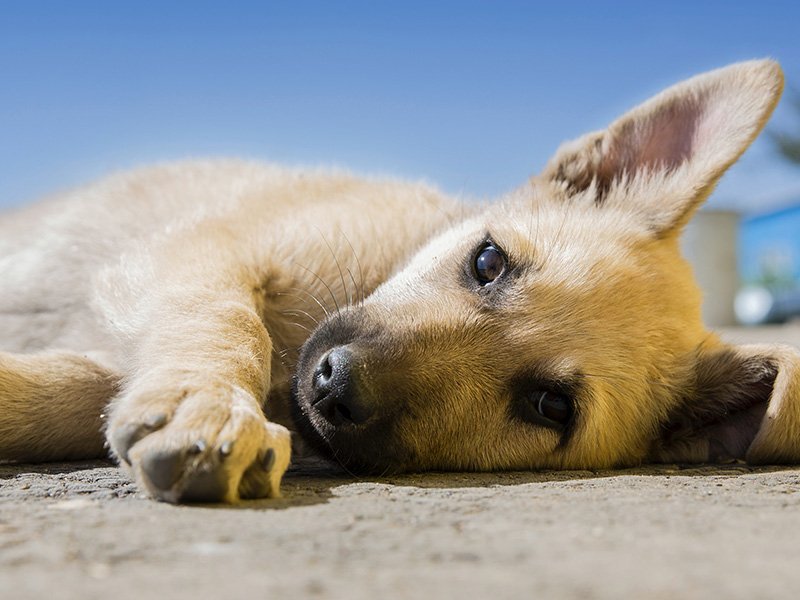Introduction
Welcome to our blog post on a topic many dog owners may not be familiar with: dog nose dripping anxiety. As devoted pet parents, we must understand the various cues and signals our four-legged friends give us when they are experiencing unsettled emotions. One such cue is a drippy nose in dogs, which can often indicate underlying anxiety. In this article, we will investigate the causes of it and explore the symptoms to help you identify if your furry companion might be feeling anxious. We will also provide some helpful tips on alleviating their discomfort and bringing them peace of mind. So, let’s jump right in and unravel the mystery behind canine cues to unsettled emotions!

What Causes Dog Nose Dripping Anxiety?
It can be a perplexing issue for dog owners. While it may seem like a minor concern, understanding the underlying causes of this condition is essential to help our furry friends find relief. One possible cause of dog nose dripping anxiety could be allergies. Like humans, dogs can develop allergies to substances such as pollen, dust mites, or certain foods. When exposed to these allergens, their bodies react by producing excessive mucus in the nasal passages. Another potential trigger for it is stress or anxiety itself. Dogs are sensitive creatures and can easily become anxious due to environmental or routine changes. This emotional turmoil can manifest physically as nose dripping. Additionally, certain medical conditions could contribute to this issue. Respiratory infections, sinusitis, and even dental problems may increase dogs’ nasal discharge. It’s important not to overlook the possibility of irritants causing it. Chemicals from cleaning products or strong perfumes in the air can irritate your dog’s nasal passages and produce excess mucus. Understanding these potential causes is crucial for identifying appropriate treatment options for your four-legged companion.
The Symptoms of Dog Nose Dripping Anxiety
When it comes to identifying this disease, there are several telltale signs that pet owners should be aware of. One common symptom is excessive licking or pawing at the nose, as dogs may try to alleviate their discomfort by constantly touching their nose. Additionally, you may notice your furry friend sneezing more frequently than usual. Another indicator of this disease is a behavior change. An anxious dog might become restless and exhibit pacing or panting behaviors. They may also display fear or agitation, such as trembling or hiding. In some cases, dogs with this condition may experience appetite loss or changes in eating habits. This can manifest as refusing food or taking small bites before losing interest. Weight loss can occur if the issue persists over time. Furthermore, nasal discharge is a key symptom to look out for regarding dog nose dripping anxiety. The discharge can range from clear and watery to thick and mucus-like, depending on the severity of the anxiety. It’s important to remember that these symptoms can vary between individual dogs, so it’s crucial to consult with a veterinarian for an accurate diagnosis and treatment plan tailored specifically to your beloved four-legged companion’s needs.
How to Treat Dog Nose Dripping Anxiety?
Several approaches can help alleviate your furry friend’s discomfort when it comes to treating dog nose dripping anxiety. It’s important to remember that every dog is unique, so what works for one may not work for another. One method you can try is providing your pet with a calm and soothing environment. Make sure they have a quiet space where they feel safe and secure. This could be their bed or a designated area in your home. Another strategy involves using natural remedies such as aromatherapy or herbal supplements. Lavender oil, for example, has calming properties and can help reduce anxiety in dogs. Be sure to consult with your veterinarian before introducing any new products into your pet’s routine. Exercise is also key when it comes to managing anxiety in dogs. Regular physical activity helps release endorphins, promoting happiness and relaxation. If these methods aren’t enough, consider seeking professional help from a qualified dog trainer or behaviorist specializing in anxiety-related issues. They can provide tailored guidance and techniques specific to your dog’s needs. Remember, patience is key throughout the treatment process. With time, consistency, and love, you can find effective ways to address this issue and improve the overall well-being of your beloved companion.

Conclusion
Understanding and addressing dog nose dripping anxiety is crucial for ensuring the overall well-being of our canine companions. By recognizing the potential causes and symptoms, we can take proactive steps to alleviate their unsettled emotions. Remember, each dog is unique, so it’s important to consult with a veterinarian or animal behaviorist to create an individualized treatment plan. This may include a combination of behavioral modifications, environmental changes, and possibly medication in severe cases. Creating a calm and safe environment for your furry friend is key. Providing them with plenty of exercise, mental stimulation, affection, and reassurance can go a long way in reducing their anxiety levels. Additionally, consider incorporating natural relaxation techniques such as aromatherapy or soothing music to help soothe your anxious pup.
Even specially designed products like calming vests or pheromone diffusers may offer additional support. In some instances, professional training or therapy sessions might be necessary to address underlying behavioral issues contributing to it. Patience and consistency are essential when helping your furry friend overcome their anxieties. With time and the right approach, you can significantly improve your emotional well-being. By understanding the cues of unsettled emotions manifested through it and taking appropriate action, we can ensure our beloved pets lead happy and healthy lives free from unnecessary stress. So let’s pay attention to those little drips from our canine companions’ noses – they could tell us more than we think!



1 thought on “Dog Nose Dripping Anxiety: Unveiling Canine Cues to Unsettled Emotions”